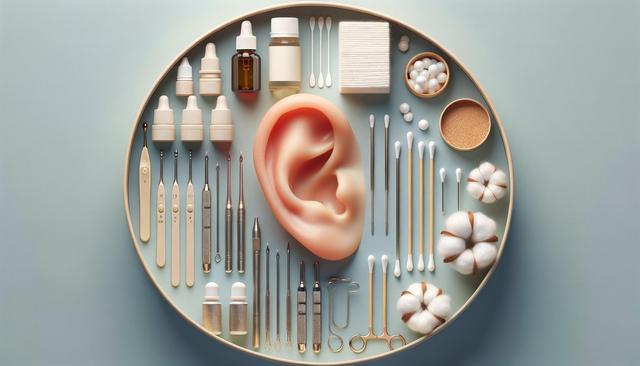Understanding Earwax and Its Role
Earwax, also known as cerumen, is a natural substance produced by glands in the ear canal. It plays an important role in protecting the ears by trapping dust, bacteria, and other foreign particles. Normally, earwax moves out of the ear canal naturally through jaw movements such as chewing or talking. However, in some cases, earwax can build up and cause blockages that affect hearing and comfort. When this happens, individuals may seek ways to Remove Ear Wax at Home or consult a healthcare provider for professional assistance.
While earwax is beneficial in small amounts, excessive accumulation can lead to symptoms such as earache, a feeling of fullness in the ear, tinnitus, and even temporary hearing loss. Understanding the purpose of earwax helps in making informed decisions about how to approach Earwax Removal safely without disrupting the ear’s natural defenses.
Common Causes of Earwax Buildup
There are several contributing factors to earwax buildup. For example, using objects like cotton swabs or hairpins to clean the ears can inadvertently push wax deeper into the canal, leading to impaction. Certain health conditions, such as eczema or narrow ear canals, can also increase the likelihood of blockages. Age is another factor, as older adults may produce drier or harder wax that is more difficult to expel naturally.
Other common causes include:
- Frequent use of earphones or hearing aids, which can block the natural flow of wax.
- Excessive earwax production, which may run in families.
- Skin conditions that affect the ear canal, such as psoriasis.
Understanding these causes can help individuals take preventive measures and choose appropriate methods for How to Remove Ear Wax Blockage at Home.
Home Remedies for Earwax Removal
For many individuals, using Home Remedies for Earwax can be effective for mild cases of earwax buildup. These methods are generally safe when performed correctly and can help alleviate discomfort without the need for invasive procedures. However, it’s important to follow proper techniques and avoid inserting objects into the ear canal.
Common home remedies include:
- Warm water irrigation using a bulb syringe to gently flush out softened wax.
- Over-the-counter ear drops made from saline or hydrogen peroxide to break down wax.
- Applying a few drops of mineral oil or olive oil to soften hardened wax before rinsing.
These options can be useful for those looking to Remove Ear Wax safely and effectively. However, if symptoms persist or worsen, it’s advisable to consult a healthcare professional rather than continue self-treatment.
When to Seek Professional Help
While many people successfully use home methods to Remove Ear Wax, there are situations where professional assistance is the safer option. If home remedies do not resolve the issue within a few days, or if you experience severe pain, discharge, or loss of hearing, a medical evaluation is necessary. A healthcare provider can use specialized tools to perform Earwax Removal with precision and minimal discomfort.
Professional treatment options may include:
- Manual removal using a curette or suction device.
- Microsuction, a gentle and precise method often used in clinical settings.
- Prescription ear drops to dissolve stubborn wax.
These services are especially recommended for individuals with a history of ear surgeries, ear infections, or narrow ear canals. Opting for expert care ensures that the removal process is safe and effective.
Preventative Measures and Maintenance
Once you’ve addressed an earwax blockage, taking steps to prevent future issues is beneficial. Regular ear care can help maintain ear health and reduce the likelihood of buildup. Contrary to popular belief, ears are usually self-cleaning, and routine cleaning inside the canal is not necessary for most people.
Tips for maintaining ear hygiene include:
- Avoid using cotton swabs or inserting objects into the ears.
- Use earplugs or protective gear in dusty or dirty environments.
- Consider routine ear checks if you use hearing aids or earphones frequently.
For those prone to recurring wax buildup, periodic use of ear drops or consulting with a healthcare provider about safe maintenance options may be helpful. Identifying a method that works for your needs can help you find one of the top options for the Best Ear Wax Removal approach tailored to your situation.
Conclusion: Managing Earwax for Healthy Hearing
Earwax buildup is a common and often easily manageable condition. Whether you choose to Remove Ear Wax at Home or seek professional care, understanding the causes and treatment options empowers you to take control of your ear health. Home Remedies for Earwax can be effective for mild cases, while persistent or severe symptoms should be evaluated by a healthcare provider. By recognizing the signs of buildup and knowing How to Remove Ear Wax Blockage at Home, you can maintain clear hearing and avoid discomfort. Regular preventive care and informed decisions are key to long-term ear wellness.



Leave a Reply